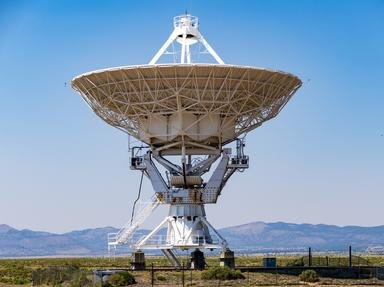Quiz Answer Key and Fun Facts
1. Which of these planets could, theoretically, float if submerged in water due to its density?
2. Which of these constellations is named for the Latin word for "eagle"?
3. Most people know that Jupiter has a "Great Red Spot". What is actually happening in the spot?
4. What is the final stage in the life cycle of an average-mass star?
5. Which of these celestial bodies was discovered by Clyde Tombaugh in 1930?
6. All the planets in the solar system revolve around the sun. Approximately how old is the sun?
7. Which of these planets gets its distinct color from large amounts of iron oxide on its surface?
8. The asteroid belt is a big mass of asteroids that is located between which two planets?
9. Halley's Comet is one of the most famous comets in astronomy. About how many years does it take Halley's Comet to complete its orbit around the Sun?
10. In what century was Neptune discovered?
Source: Author
triviaking162
This quiz was reviewed by FunTrivia editor
CellarDoor before going online.
Any errors found in FunTrivia content are routinely corrected through our feedback system.


